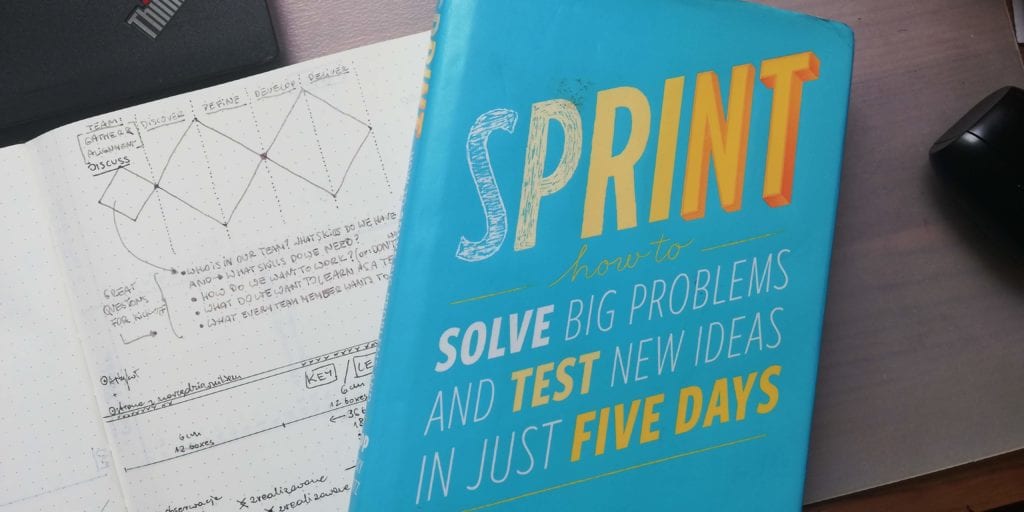Find out how Google verifies the craziest business ideas / hypotheses in 5 days using a prototype tested on potential recipients.

The Design Sprint method has its roots in lean-startup Google’s approach to new ideas. It is the result of the need: our current methods of creating and testing new ideas are consuming too much time and money.
The purpose of Design Sprint is to quickly verify any design hypotheses: from an idea for better onboarding in a mobile application, to a new business idea that exists only in hypothetical assumptions.
For Who
For those teams which are constantly looking for ways for a faster verification of development directions of their business ideas:
- Marketing / sales teams
- Project managers
- Management and leaders, managers, directors, IT directors and board members
- People responsible for the development of product innovation
Thematic scope of the training
We offer 2 variants of training: theoretical (1 day) or practical (5 days).
Theoretical variant:
- What is design sprint, what stages does it consist of
- Exercises used during the Design Sprint process
- How to prepare your team for the first Design Sprint
Practical variant:
- Work on a case study for project team members according to Kolb’s model of learning by practicing.
- Working through the complete Design Sprint process ending with a solution prototype
- Validation of the idea with a group of first potential recipients
Objectives of the training
After completing the training, participants will be able to conduct Design Sprint in their team.
Organizational aspects
- Duration: 1 day (8h or 2x4h in theoretical variant), 5 days (5x8h or 10x4h in practical variant)
- Place: if the team’s place is not sufficient, we plan to organize Design Sprint in rented space. If the training will be not possible to be conducted offline – the entire team will work remotely.
- Brief: 1 meeting (max 2h) with the team leader will be necessary, introducing the trainer to the business / problem context which the team wants to solve
- Validation: the practical variant assumes tests on the target group – it will be necessary to take this aspect into account in both, logistics and financial term

